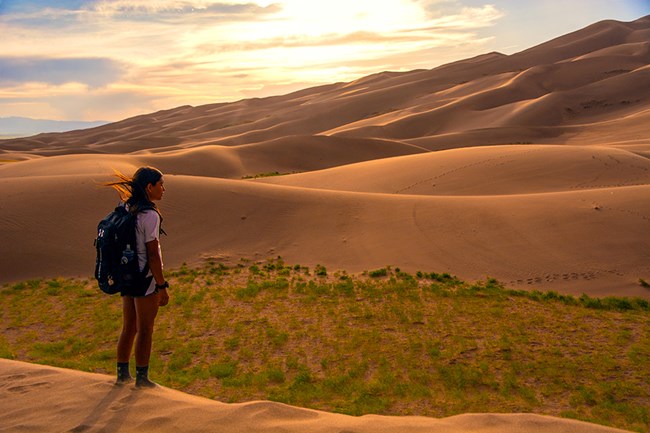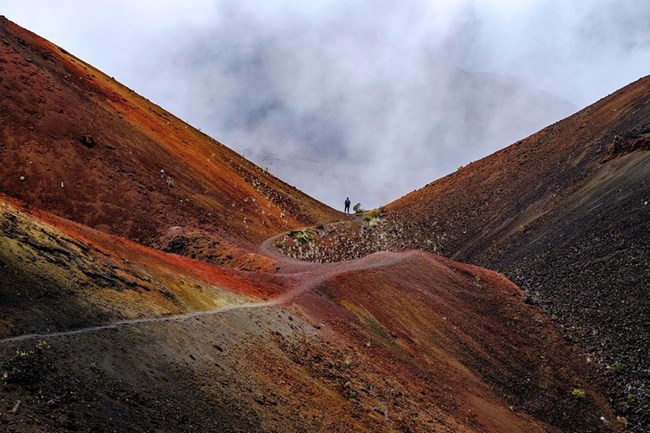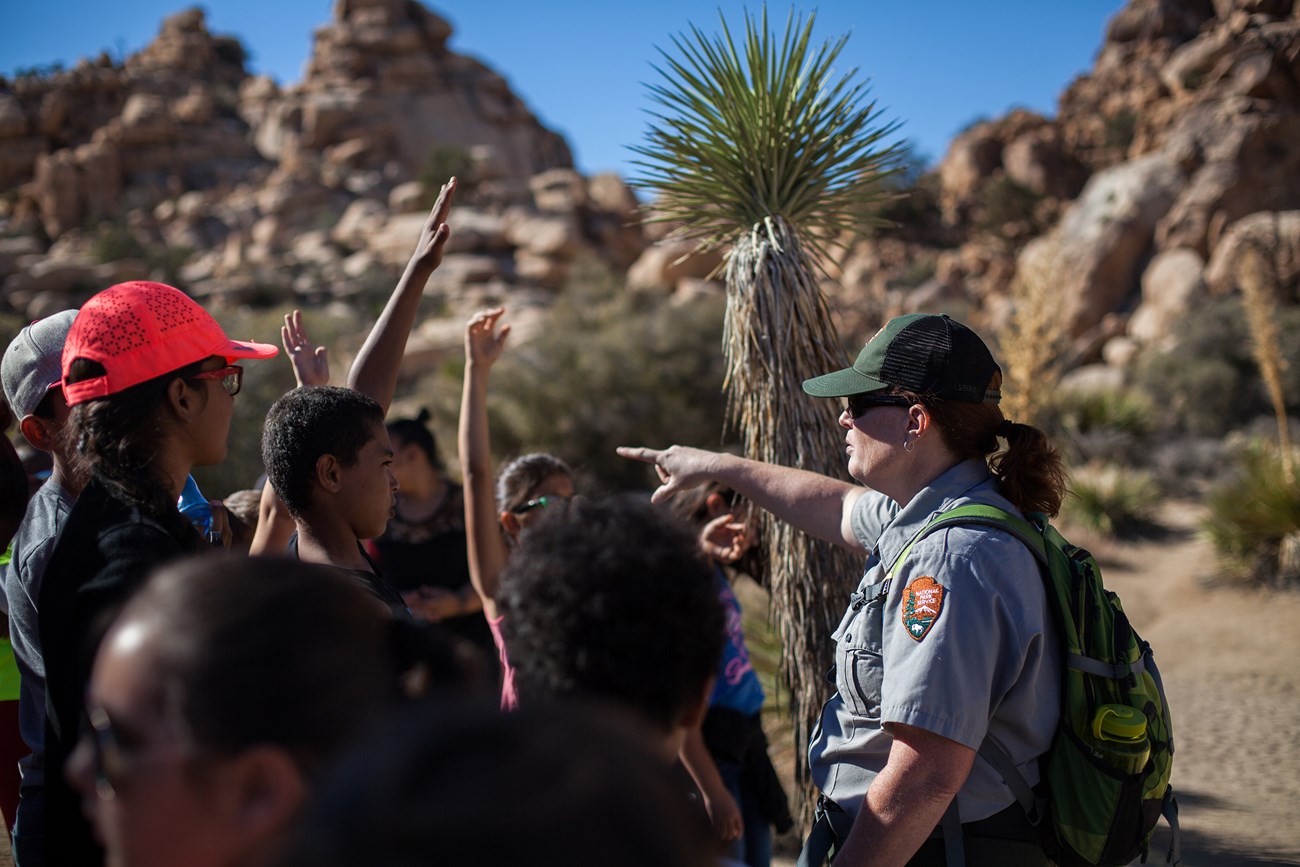Last updated: July 22, 2021
Article
Wilderness in a Changing World
The National Wilderness Preservation System (NWPS) is a network of federally managed lands and waters established by the 1964 Wilderness Act. These wilderness areas provide small- and large-scale protections to important and contiguous pieces of habitat, wildlife corridors, plant and animal species, clean air and water supplies, carbon storage areas, and personal and cultural connections. Federal wilderness areas are managed by the National Park Service (NPS), Bureau of Land Management, US Fish and Wildlife Service, and US Forest Service. Together, the NWPS protects over 111 million acres of designated wilderness.
- Duration:
- 2 minutes, 50 seconds
The Wilderness Act of 1964 established the National Wilderness Preservation System, a national network of more than 800 federally-designated wilderness areas. These wilderness areas are managed by the National Park Service, Bureau of Land Management, US Fish and Wildlife Service, and US Forest Service.
Clean Air and Clear Views in Wilderness
As we see more extreme and varied weather due to climate change, wilderness helps buffer the impacts on our land, air, and water. Benefits from wilderness like clean water and flood protection are even more important as we learn to adjust to these changes.

NPS/Patrick Myers
For example, the Clean Air Act helps protect air quality, sensitive resources, and clean, clear views. This Act gives special air quality and visibility protection to national parks larger than 6,000 acres and wilderness areas larger than 5,000 acres that were in existence when the Clean Air Act was amended in 1977, designating these as “Class I” areas. Of the 48 “Class I” areas in the NPS, 44 are in NPS wilderness parks including the spectacular views of Haleakalā National Park in Hawaii, Great Sand Dunes National Park in Colorado, and Everglades National Park in Florida.
Wilderness in a Changing World
We know that climate change is complex, taking many shapes and forms and impacting our public lands in many different ways. The Wilderness Act states that federal land managers “shall be responsible for preserving the wilderness character of the area.” Wilderness character is a holistic concept based on the interaction of biophysical environments, personal experiences, and symbolic meanings. Taken together, these tangible and intangible values define wilderness character and help distinguish wilderness from other lands. Within the concept of biophysical environments, wilderness managers are responsible for preserving both the Natural and Untrammeled Qualities of wilderness character. So what’s the difference?

NPS/G. Gardner
The Natural Quality recognizes the importance of healthy, intact ecosystems and challenges us, as wilderness managers, to limit our negative effects on the functionality of these systems. Under this quality, human-caused impacts of climate change need to be addressed to help improve the Natural Quality of wilderness character. Improvements might include helping to plant important native plant species or reducing our carbon emissions that contribute to poor air quality and climate change.

NPS photo
Meanwhile, the Untrammeled Quality recognizes the importance of people co-existing with our planet, where people practice humility and are very selective and thoughtful about actions we take that might interfere with the rest of the natural world. This quality prompts managers to pause before taking action, really examining if our actions are beneficial to the wildness of this place. Preserving the Untrammeled Quality can sometimes mean not interfering – not taking action – but instead taking a pause, and fully considering the impacts and tradeoffs before getting involved.
Together, the Natural and Untrammeled Qualities of wilderness character can help balance our hopes of correcting past mistakes with our capacity to practice thoughtful restraint. And as the wilderness areas of the National Wilderness Preservation System evolve with a rapidly changing climate, the preservation of wilderness character will be increasingly important and challenging.
Resisting, Accepting, and Directing: A Sneak Peek at Upcoming Wilderness Research
Did you know that climate change was not a consideration when the Wilderness Act was passed in 1964? When thinking about the relationship between the Natural and Untrammeled Qualities of wilderness character, the Wilderness Act says that wilderness should be maintained in its natural condition. However, a “natural condition” may not always be achievable due to climate change. Wilderness managers are discussing the challenge of intervening (i.e. the Untrammeled Quality) within the context of climate change.
The resist-accept-direct (RAD) decision framework provides a structure for evaluating potential effects of climate change and conservation decisions to adapt to climate change on public lands. In the summer of 2021, the Aldo Leopold Wilderness Research Institute will launch a three-year project entitled “Combating climate change with ecological intervention in wilderness: risks, tradeoffs, and uncertainties”. The Institute will lead a team of scientists and managers to conduct a multidisciplinary assessment of the tradeoffs (i.e. benefits and costs) of resisting, accepting, or directing wilderness ecosystems and communities in the context of climate change, through management interventions (or lack thereof). The goals of this assessment are to provide information for wilderness stewardship decision-making within the context of climate change and integrate wilderness-specific needs into broader interagency decisions. One case study from each agency that manages wilderness within the National Wilderness Preservation System will highlight real-world management concerns. Stay tuned for more on this important research!

NPS/Renata Harrison
